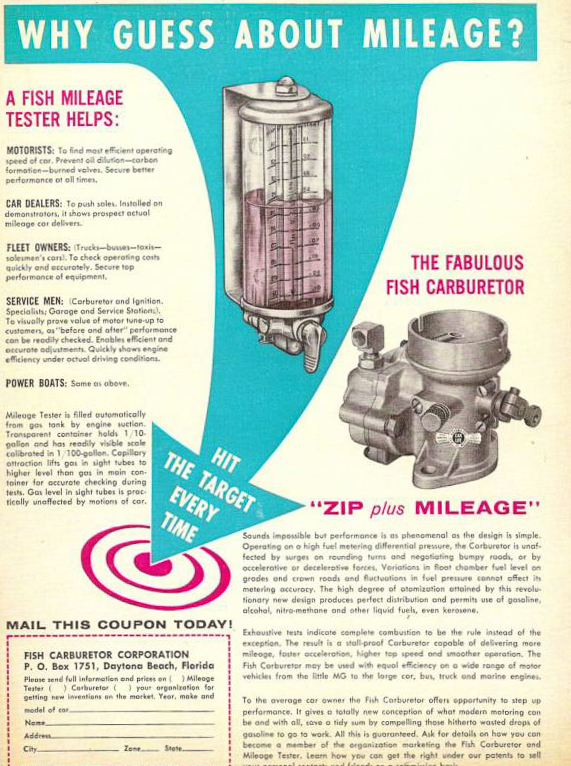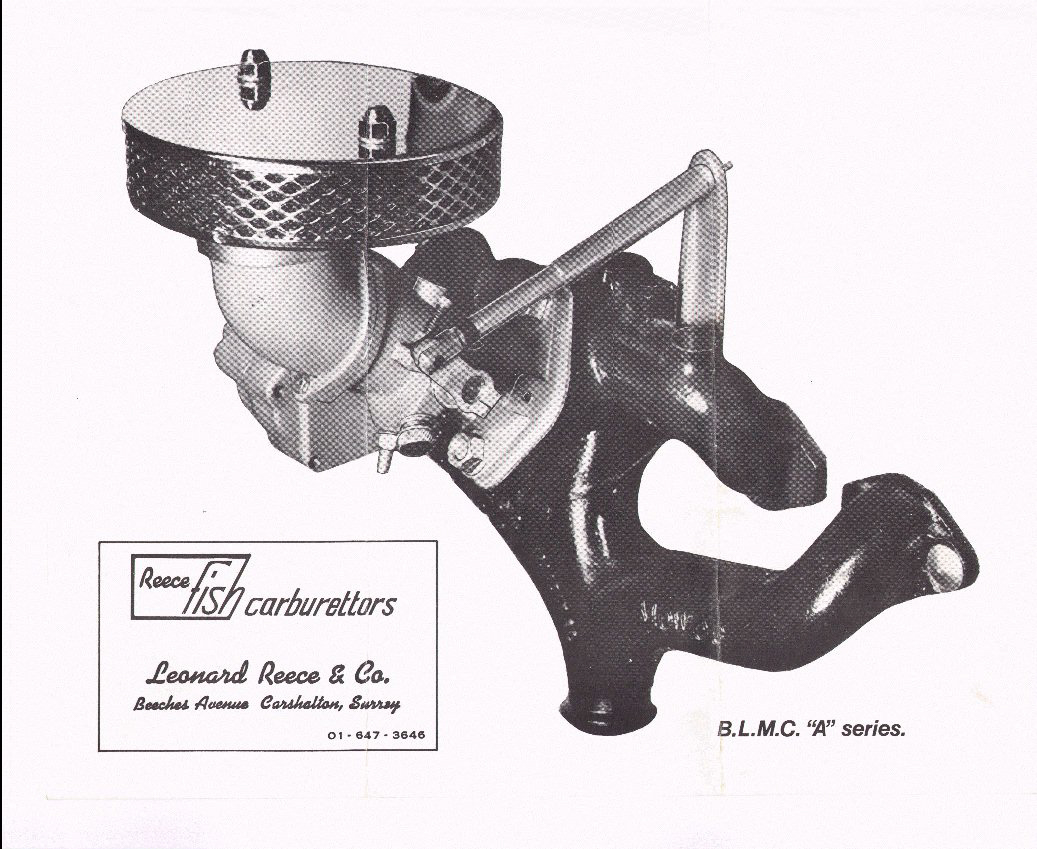5 off-beat carburetors you’ve got to check out
A single four-barrel carburetor on a V-8 or a row of sidedrafts on an inline six-cylinder are conventional today, but it took over a century of hits and misses playing around with carburetor technology before these setups became the accepted norm.
From the surface carburetor on the 1888 Benz Patent-Motorwagen to the two-barrel downdraft on a 1995 Subaru Justy, the core function of any carburetor remained the same: deliver the right mix of fuel and air into the cylinders at the right time. Different combinations of floats, tubes, levers, jets, and venturi performed well in some areas but fell short in others. We’ve assembled five contenders that employed a unique approach to a common problem.
The Holley Teapot

The Holley 4000 was praised as a factory production performer. It was also loathed as a fire starter. The four-barrel carburetor used a relatively conventional primary and vacuum secondary configuration, but the fuel bowls and metering jets sat above the throttle bores. The shape of the top-mount setup gave the teapot its name and its reputation. A leaky teapot and a backfire could result in unwanted flames. When the Holley 4000 worked well, it was teatime. A 1957 Ford Thunderbird with a pair of teapots on its factory production E-code 312-cubic-inch V-8 setup was good for 270 hp—a bump of over 25 hp from the base version.
Gone fishing

The Fish carburetor was invented by John Robert Fish and is often conflated incorrectly with the mythical 100 mpg carburetor. The Fish design was ingeniously simple. A ram-air-pressurized float bowl got around the problem of fuel slosh starvation and a vaporization slot metered fuel automatically according to airflow without jets. The Fish self-adjusted to a wide range of engine sizes, altitudes, and performance demands without having to change out jets, power valves, accelerator pumps, or venturi. Fireball Roberts raced successfully with a Fish carburetor, and the design lived in the Minnow Fish and later Reece Fish series. The Fish had its adherents and successes in racing circles, but the design never gained mainstream popularity despite its performance advantages.
Cross Boss Maximum Performance Carburetor

The Ford Autolite Inline four-barrel carburetor was developed for Trans-Am racing with an eye on improved fuel distribution and maximum allowable airflow. Rules stipulated a single four-bbl, but no one said anything about the throats not lining up in a row. The Ford performance brain trust designed the inline setup with easily removable venturi and associated parts for quick pit-side service and tuning. Even though a homologated Mustang with dual inline four-barrels and velocity stacks seems like an impossibly great idea, Ford stepped away from motorsport in 1970, and the Autolite inline carburetor program was shelved before its racing and factory production potential was realized. Head on over to Inline Autolite Carburetor for the entire Maximum Performance Carburetor breakdown.
The 100-mpg carburetor

Inventor Charles Pogue and his carburetor were real enough, but the long-held conspiracy of the 100 mpg carburetor evolved with time. Pouge’s patented carburetor used a pre-heater system that he claimed perfectly vaporized the fuel-air mixture at an ideal temperature for complete combustion and over 200 mpg. The story goes that oil company stocks tanked soon after accounts of Pouge’s claims were published and a petrochemical company goon squad confiscated his carburetor and plans. Over time, the conspiracy was intertwined with water-powered engines, liquid-electricity motors, perpetual motion machines, fuel ionization black boxes, and so on. It’s no secret that improved fuel-air atomization can result in improved efficiency, and even though Pouge’s readily available patent expired long ago, no one has yet stepped forward with a working 100, 200, or 5347 mpg Pogue carburetor.
Thermoquad

Beyond having the what is possibly the best name for a carburetor ever, the Carter Thermoquad was a conventional four-barrel except for one crucial aspect at its very core. Thermoplastic. The center section of the Thermoquad was molded from fiber-reinforced phenolic resins for reduced weight and favorable fuel cooling. The Thermoquad was a descendant of the Carter AVS or Air Valve Secondary, and paired a small-diameter pair of primary bores with a much larger diameter pair of secondaries. The vacuum-actuated secondary door opened at full throttle for on-demand performance and distinctive wide-open sound. The Thermoquad was original equipment on 1971–85 Chrysler Corporation V-8 engines. Decades of heat cycling and subsequent core damage gave the Thermoquad an undeserved bad reputation. With the advent of modern 3D printing, the Thermoquad and the high-performance Superquad version could be poised for a comeback.
Honorable mention: Variable Venturi

In a perfect world, the variable venturi carburetor perfectly meters fuel according to incoming air for near-perfect mixture over a wide range of flow rates. As anyone who has tried to dial in a pair of SU carburetors or synchronize a row of Mikunis knows, the concept is often superior to reality. The often stubborn tapered needle and sliding piston arrangement of the aforementioned carburetors led to the creation of the cube-shaped Kendig carburetor and its successor, the Predator, which used a set of air doors as variable venturi. Fuel slosh and starvation was still a problem, as the Predator retained a conventional float bowl. Combining the air door design with fuel injection, the Pinsker Electronic Fuel System uses airfoil-shaped doors and fuel injectors together. Inventor Michael Pinsker claims his hybrid system, using aspects of an aircraft-type pressure carburetor combined with a throttle-body injection system, is a turn-key upgrade for a wide variety of applications.












aww come on give Willard Kendig his due, shame on you for puttin a pic of a pinkser fuel injector in this article and callin it a kendig. I could find a pic of a true kendig all day long. If you wanna present a pinkser then call it a pinkser, but don’t start with callin it a kendig and then switch gears half way thru.
A great read on these carb’s. My favourite would be the Fish model,so simple yet so effective.It had a checkered history but is still available today. I would like to know of any one who used them.
I have seen all these carbs. Banjo Mathews shop I was a NASCAR engineer. He had the carb that Fireball ran.
I read somewhere that Kendig had a design that the Pinsker copied but it worked off of vacuum, no electronics. Supposedly Kendig passed away before he could complete and he took his secrets with him.